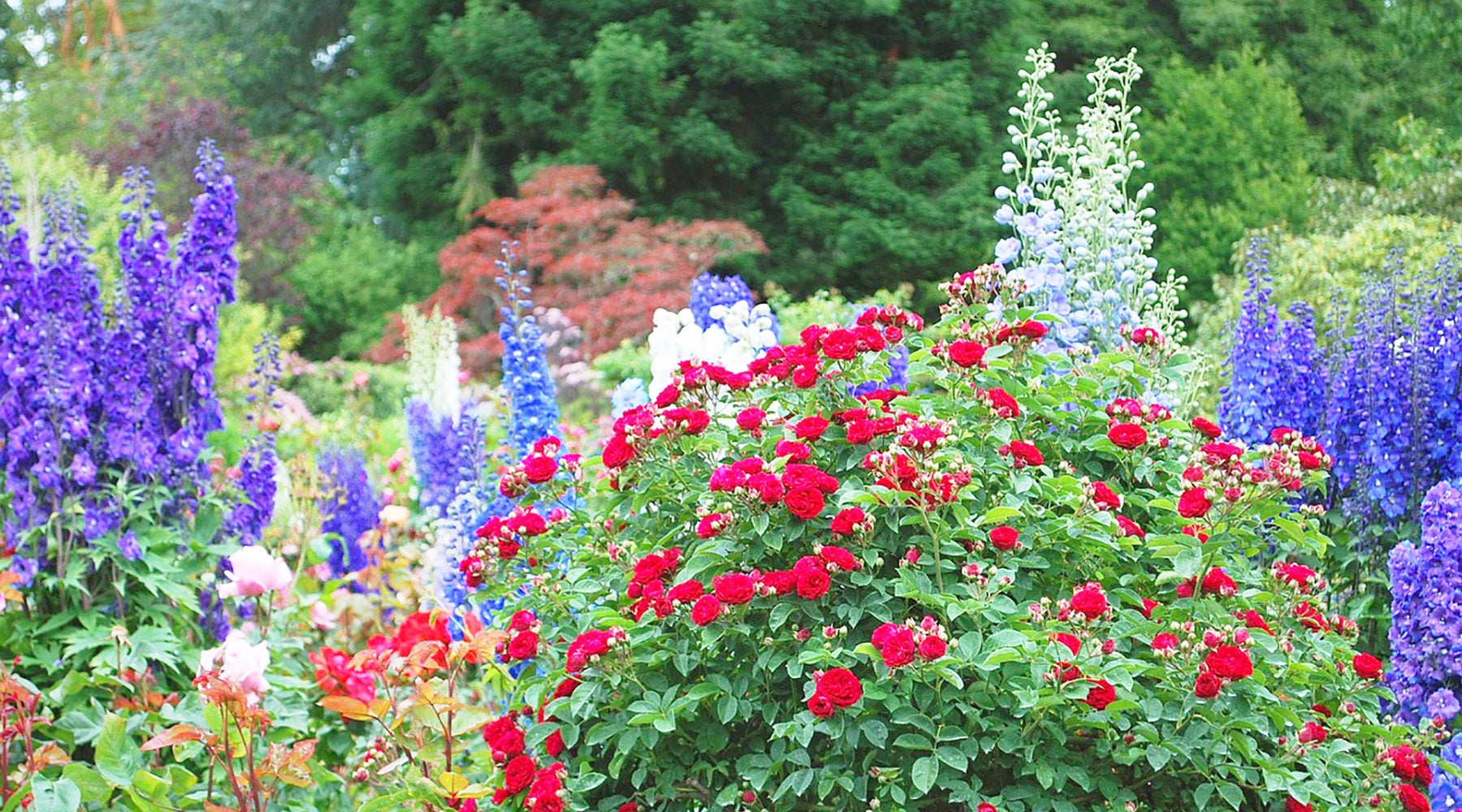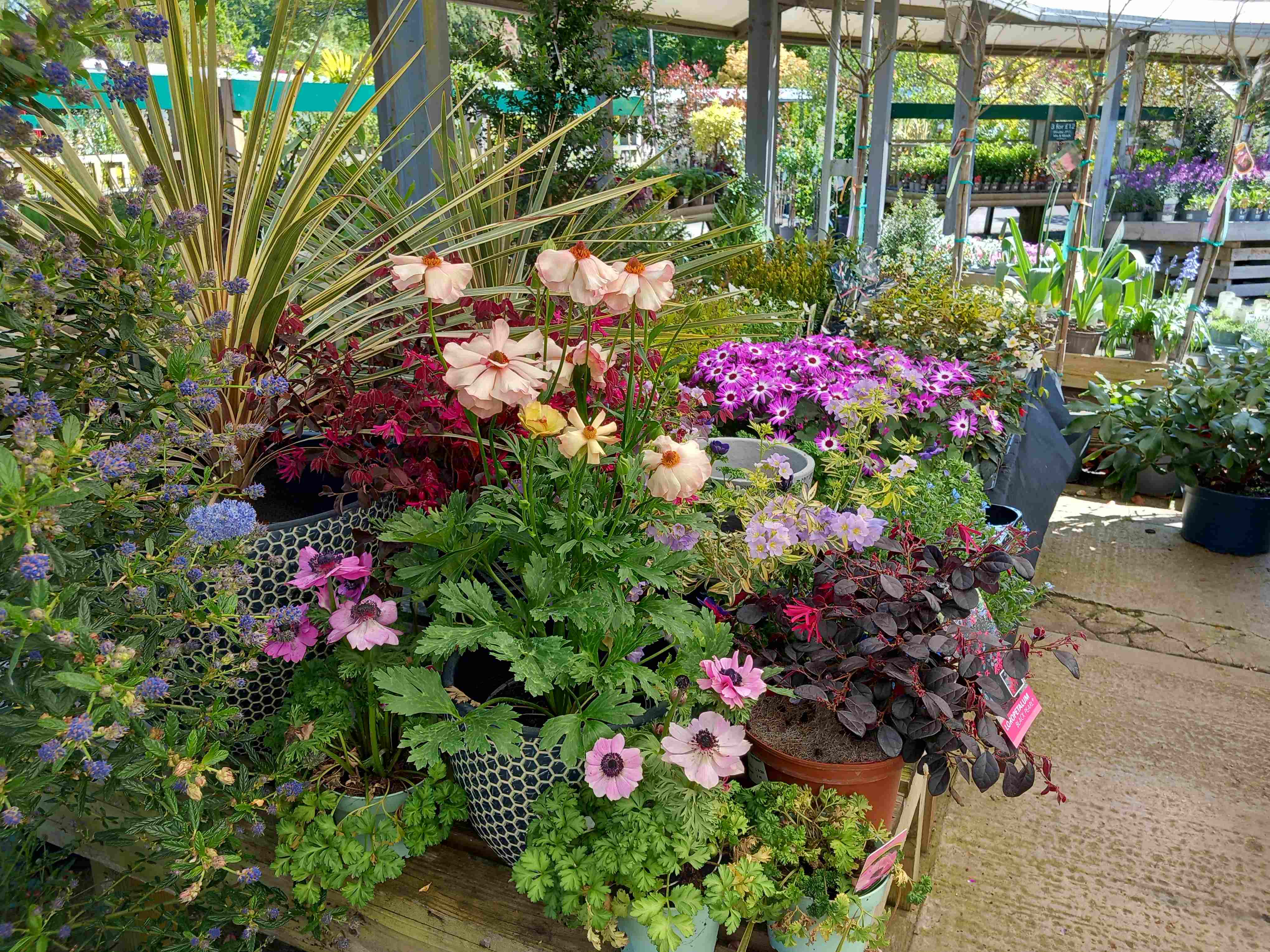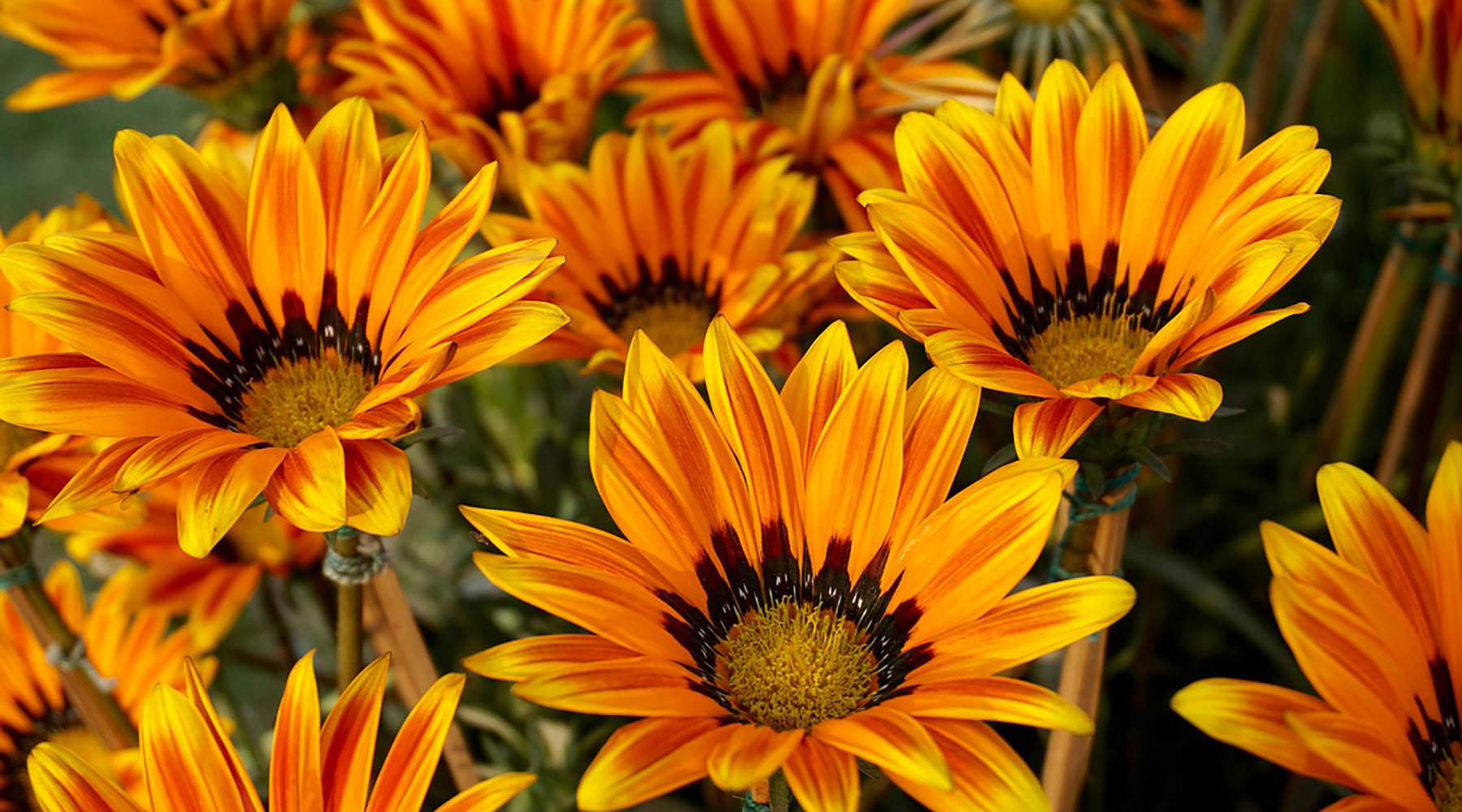
Plan now for late summer colour
It’s June and hopefully your garden is now looking lovely; everything’s green and lush, and early flowering plants are going strong. But there’s no time to rest on your laurels; it might not be long until you find you’re suffering with that perennial gardening malady, the ‘summer flowering gap’. Ouch!
What is the summer flowering gap?
This is the period when seasons change. Spring moves into summer; spring flowers finish but summer flowers haven’t quite got into their stride yet. This is sometimes known as the ‘June gap’. Not surprisingly, there can also be a ‘late summer flowering gap’ in August or September, when summer flowers start to fade and before late summer and autumn flowering plants have taken their place. In both cases, you may find that your garden isn’t as full of blooms as it was just a week or so before.
Why is it a problem?
For us gardeners, of course, we notice the lack of flowers and it feels like there is a ‘lull’ in our garden’s performance. Perhaps more importantly, however, it can also have a real impact on our wildlife. Less flowers mean less pollen and nectar for visiting insects. They may struggle to find enough food, which will impact their health and populations. In turn, any other wildlife which feeds on those insects will also be negatively affected. Keeping your garden blooming for as long as possible isn’t just enjoyable but it’s vital for our wildlife!

Fill gaps now...
To start with, to a quick ‘audit’ of your garden now. Have a good look at what’s growing and decide what needs immediate attention. Any spring flowers that are past their best and need removing are likely to create a gap to be filled, for example. Deadhead, weed and tidy up anything that’s got a bit straggly to identify any other gaps to come. (By the way, now is also a good time to give everything a feed with a general purpose fertiliser or liquid seaweed to keep it all looking perky).
To fill those gaps, you may find that some careful transplanting of things you’ve already got does the trick. Remember to dig them up carefully and water them into their new position well. If you haven’t got anything ‘standing by’ to move, a timely trip to a garden centre should see some cost-effective bedding plants to immediately fill gaps.
...and plan to prevent future gaps
It will also pay not to fill all the gaps you’ve identified with things in flower now, save some space for flowers yet to come. There are plenty of plants – many originating from Central America – that come into flower in late summer and just keep on going until the frosts appear. In a mild autumn, they may even be flowering into November…
Some of our favourites to plant now are:
Verbena bonariensis – Tall, airy and loved by butterflies. Will add height and movement to your borders without taking up much space.
Zinnias – Not as common in UK gardens but well worth a go – especially in a sunny spot. Bright, cheerful, and a bit different.
Dahlias – plant them as potted plants or tubers if they’re started indoors. They’re absolute colour machines: bold, bright and brilliant for cutting.
Salvias – Come in all sorts of colours and are drought-tolerant once established. Great in hot, dry borders.
Cosmos – Easy to grow from seed or but buy as young plants if you didn’t. They’ll flower non-stop until the first frost if you keep deadheading. Lovely feathery foliage too.
Rudbeckia – Golden beauties to add a real splash of sunshine. Hardy, reliable, and loved by pollinators.

Get ready to enjoy the show!
Once your new plants are in the ground, give everything a good soak (and top with a layer of something as a mulch – compost, bark or grass clippings – to help the soil hold moisture and keep weeds down).
So with just a bit of planning and planting now, your borders will be bursting with colour well into the autumn. And the best part? Most of these flowers are great for bees, butterflies and your vase too.
Then you can sit back and enjoy the fruits – or rather the flowers! – of your efforts.
Further reading
Check that you're on top of June's garden jobs here.
Try some 'natural' pest control with these sustainable solutions.
Or really get ahead with some jobs for August, here.



Leave a comment
This site is protected by hCaptcha and the hCaptcha Privacy Policy and Terms of Service apply.